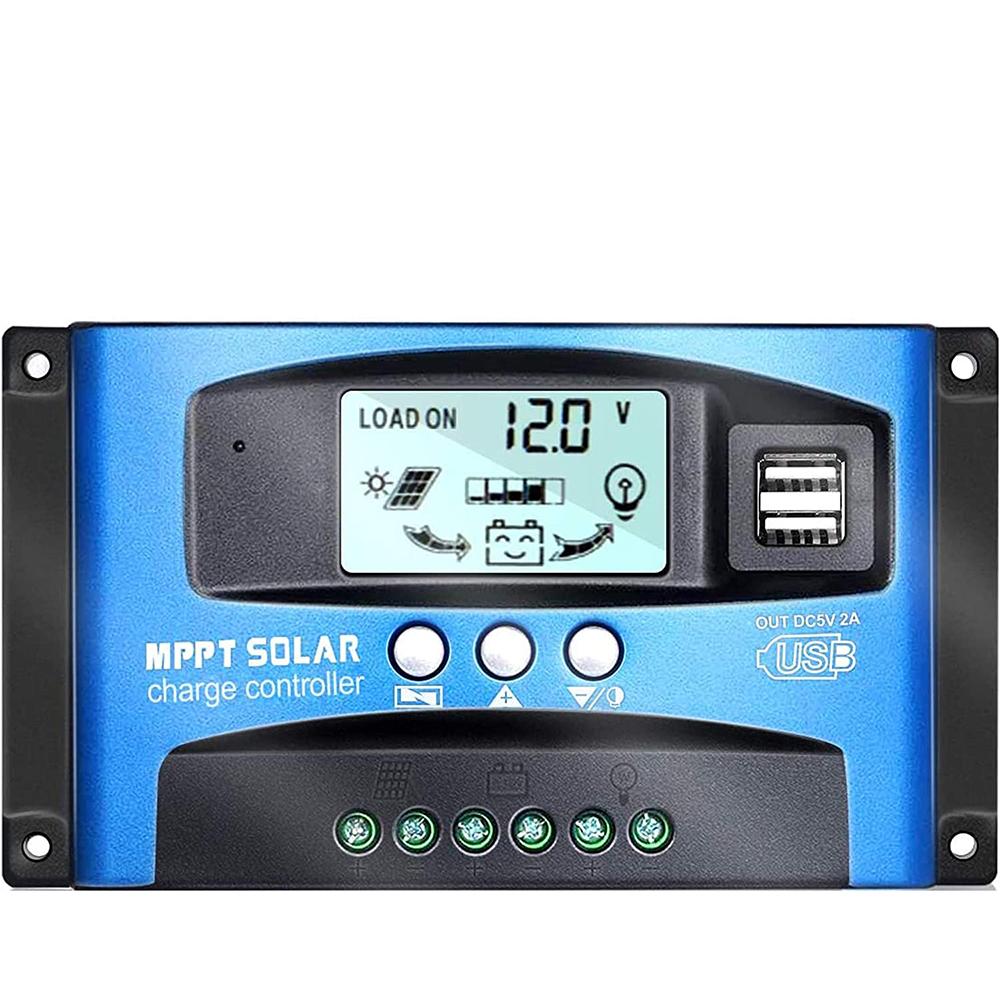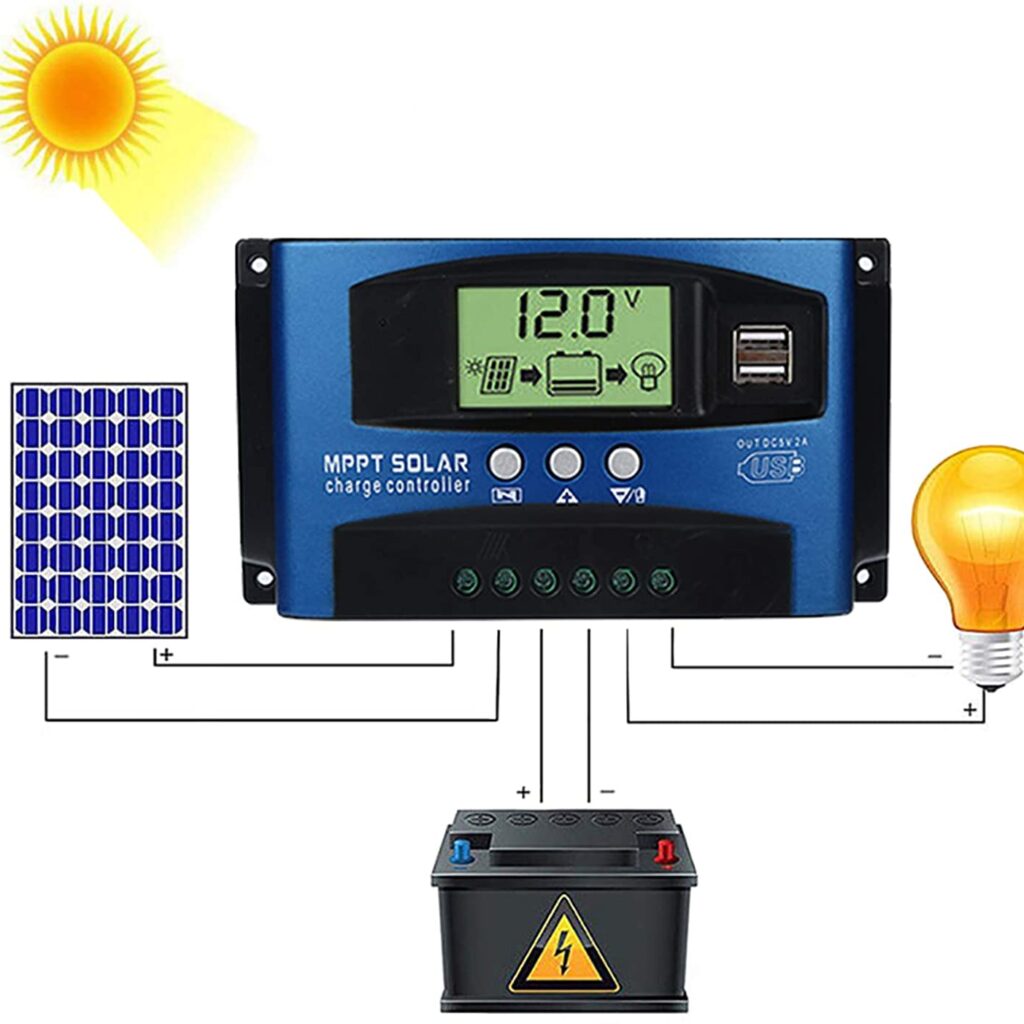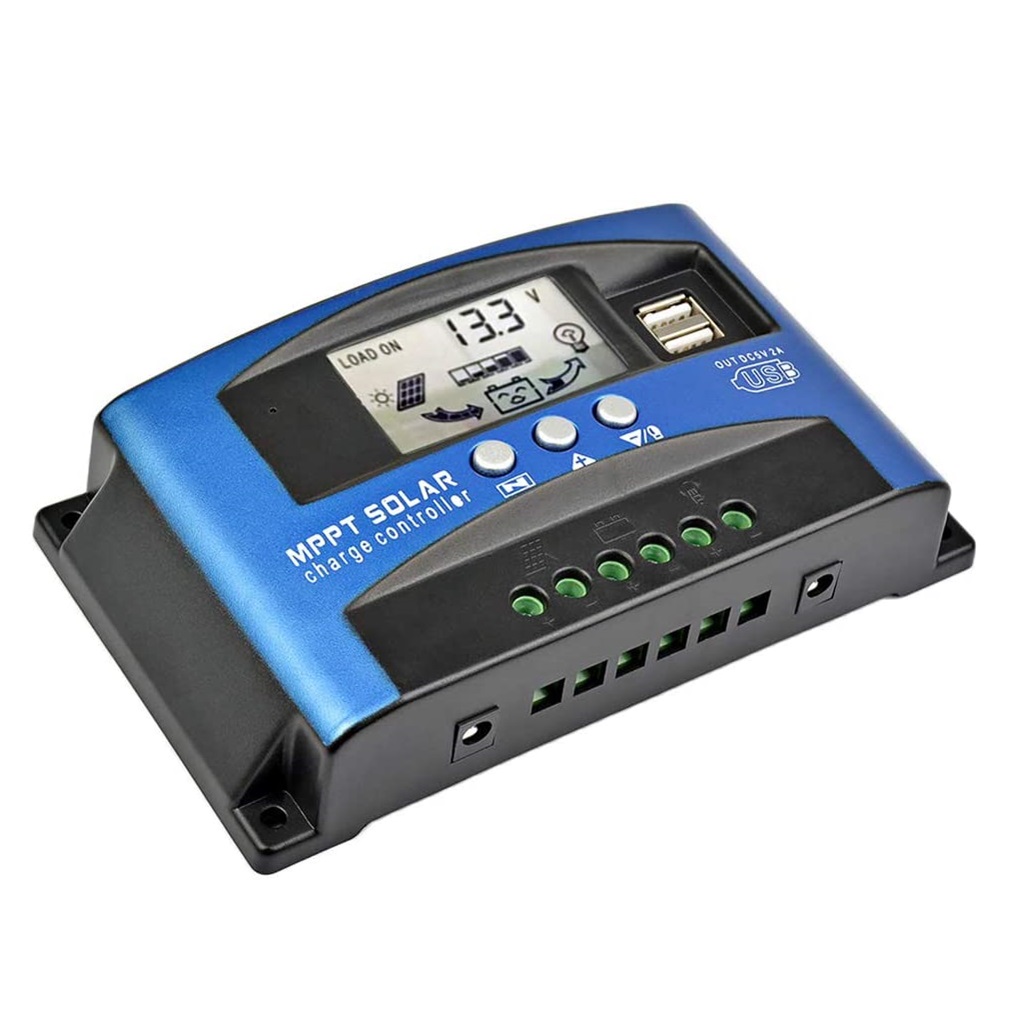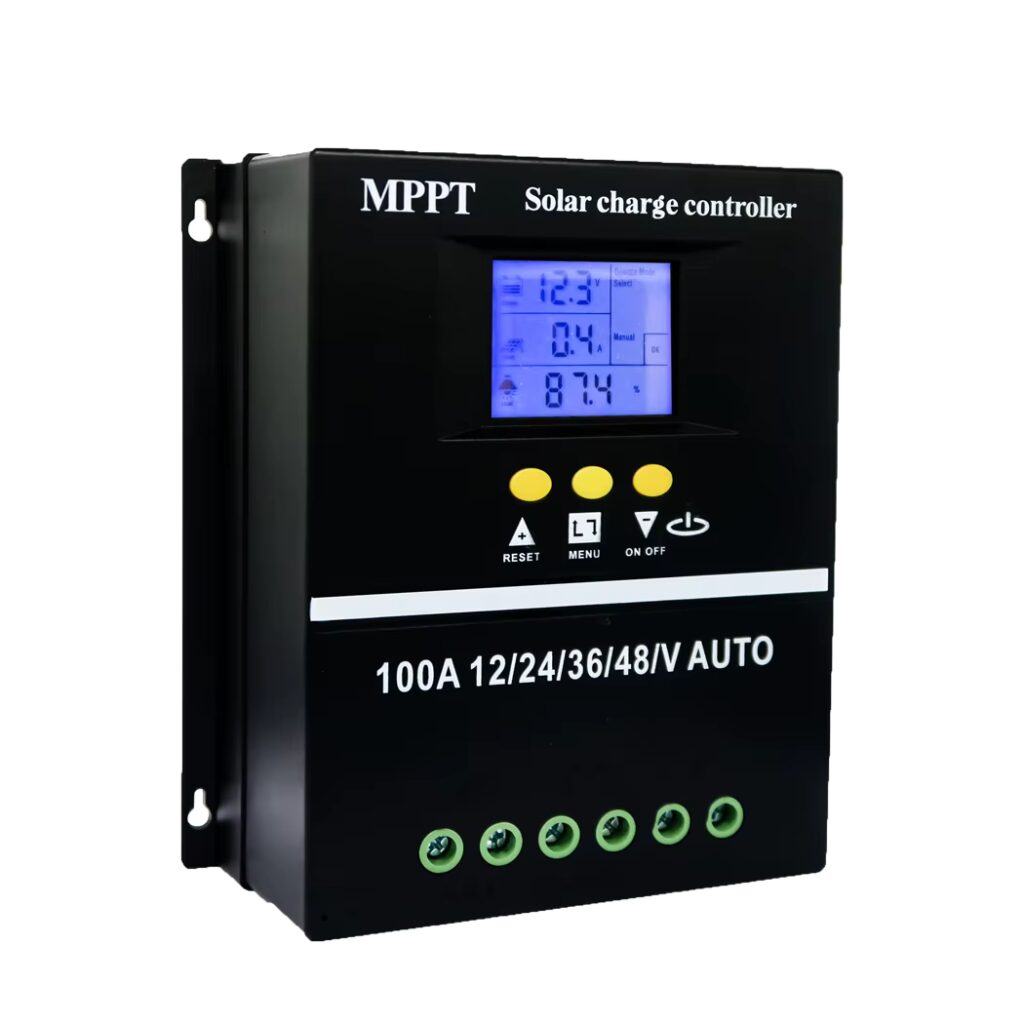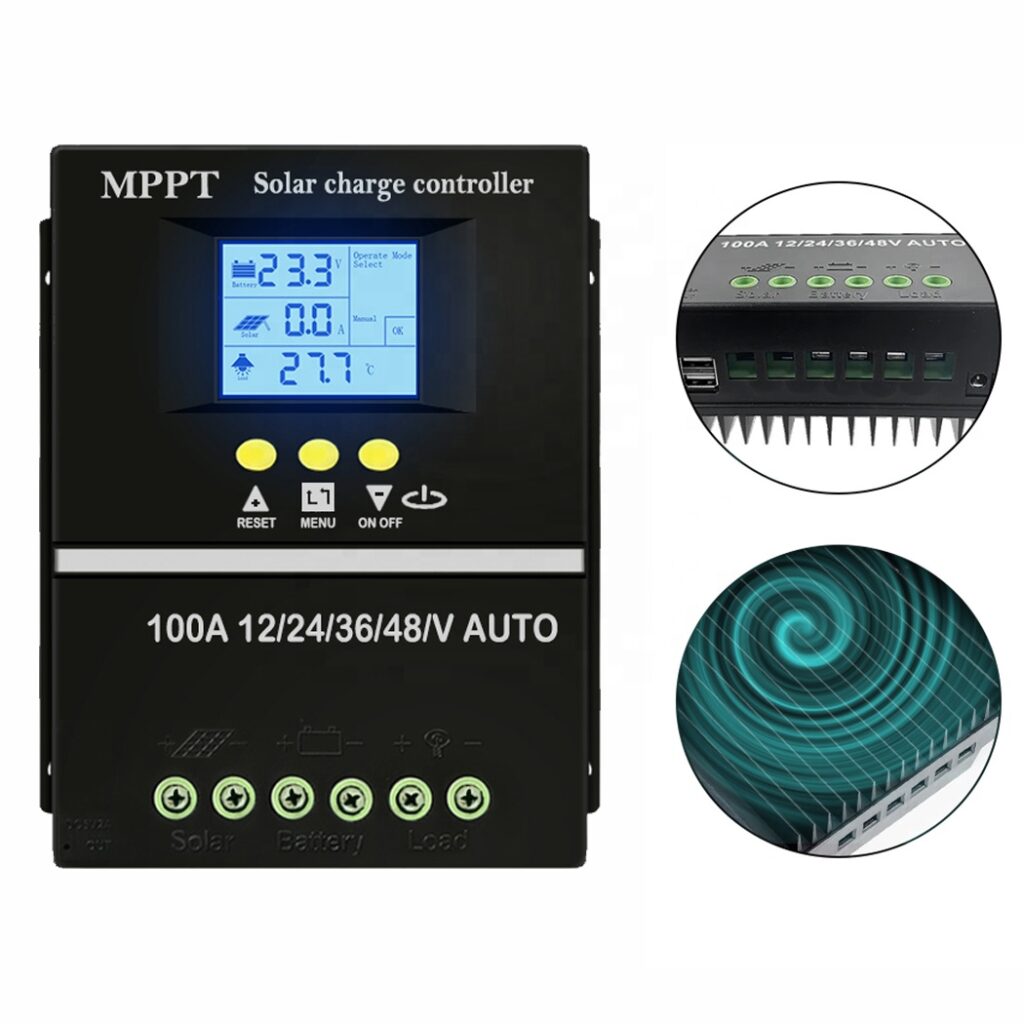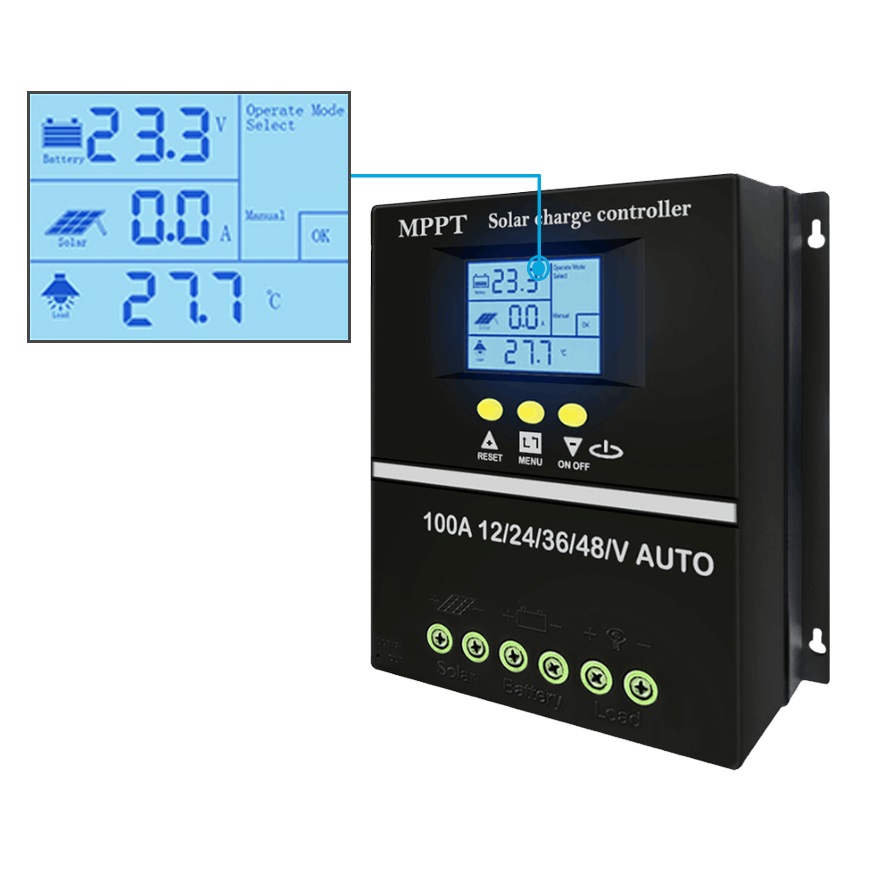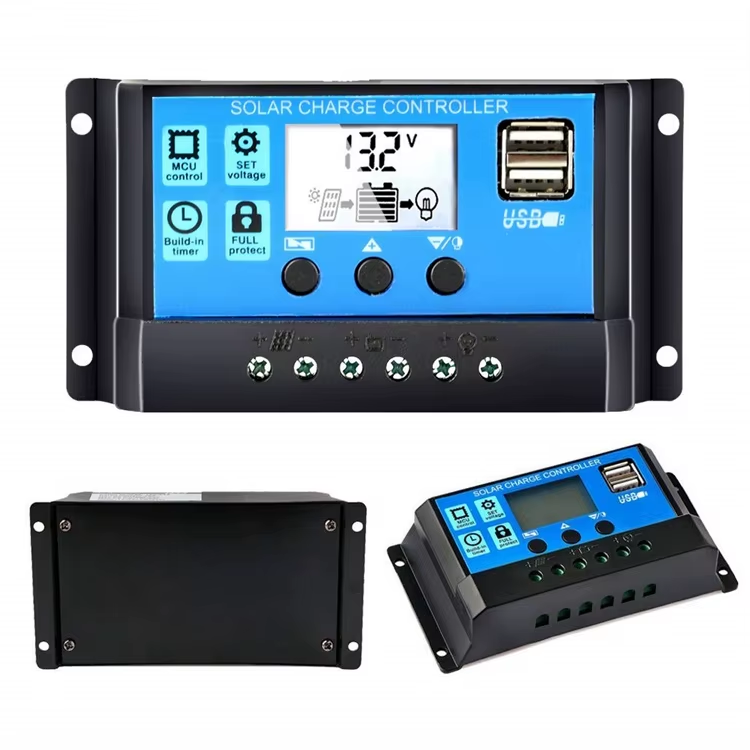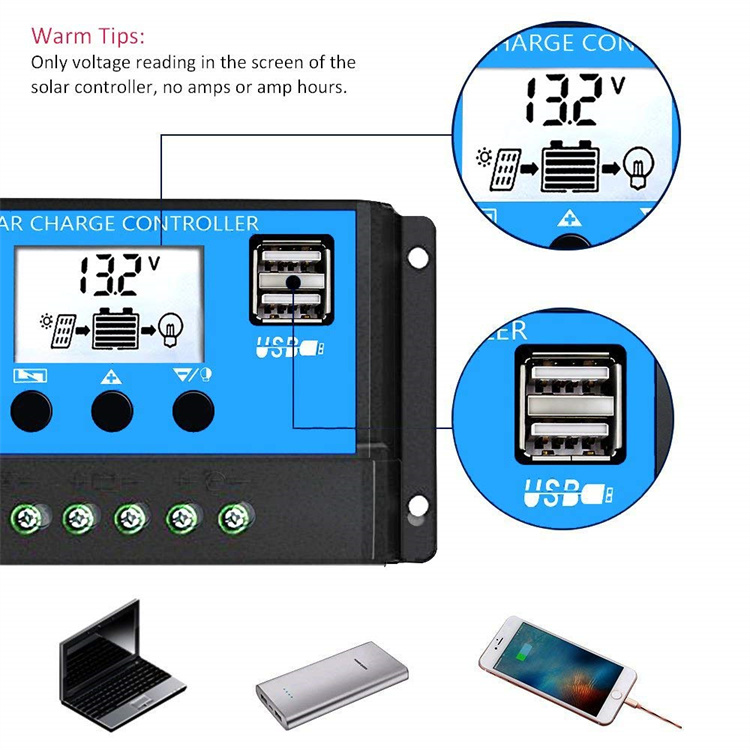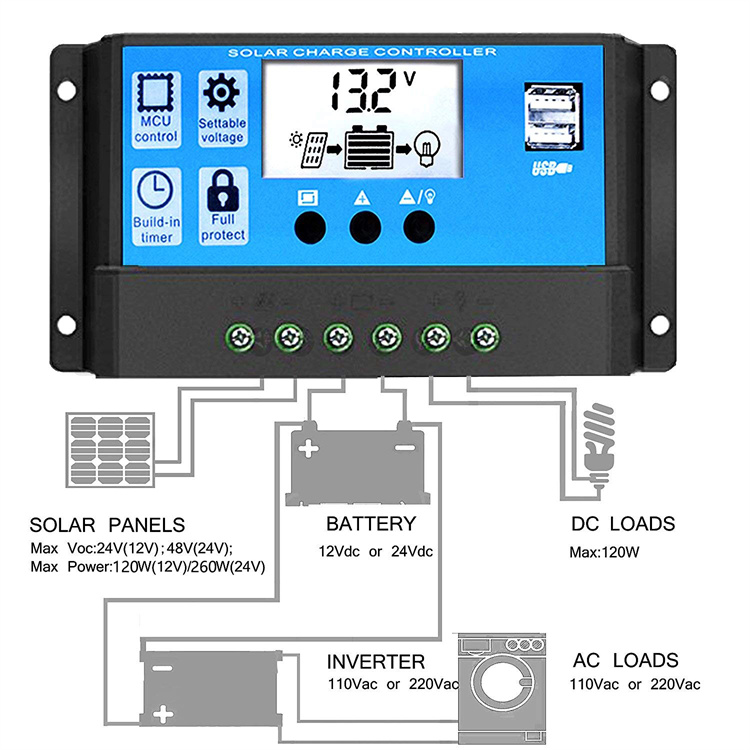
Blog
MPPT vs. PWM Solar Charge Controllers: What’s the Difference?
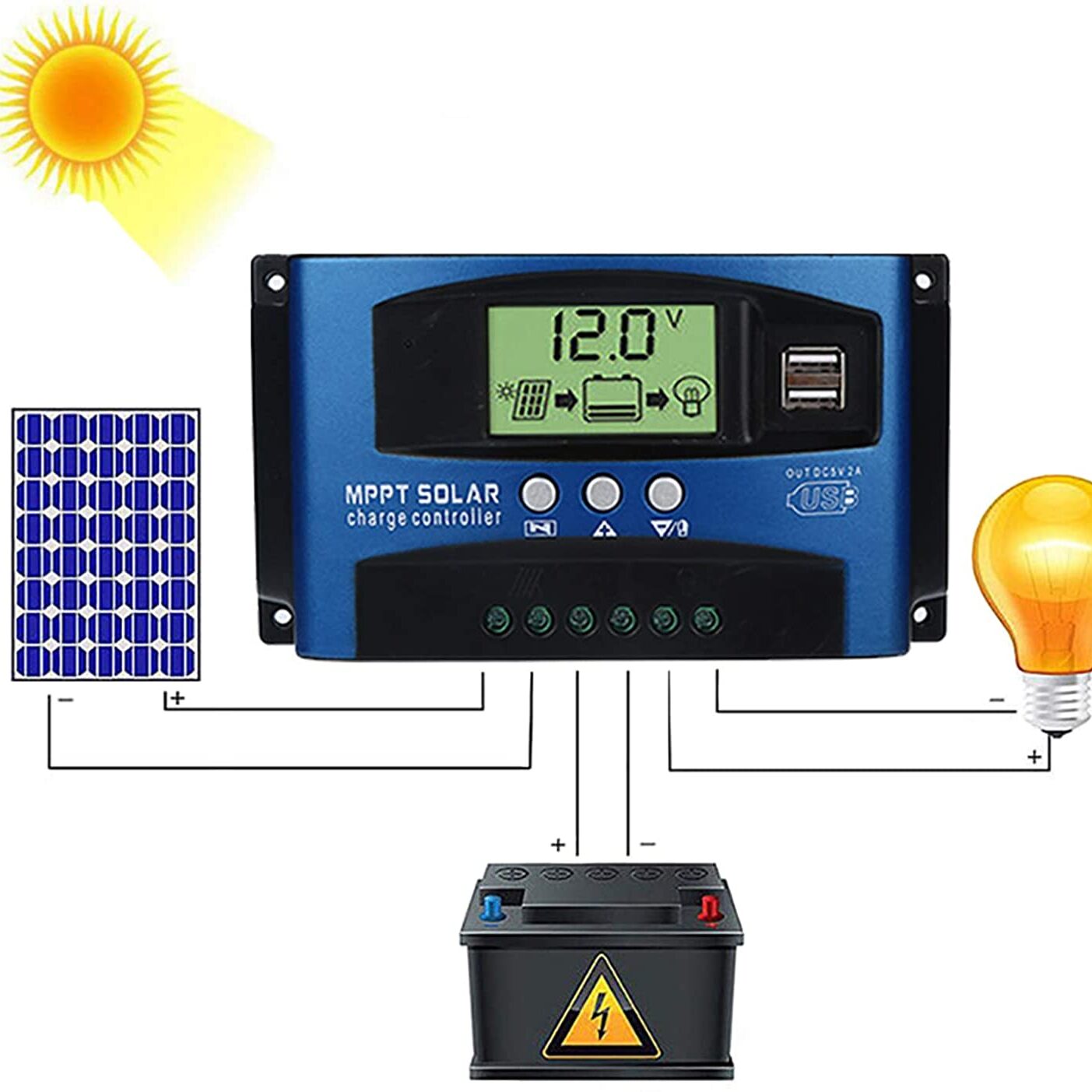
MPPT vs. PWM Solar Charge Controllers: What’s the Difference?
When building a reliable solar power system, one of the most important components is the solar charge controller. It regulates the power from your solar panels to your battery bank, ensuring efficient charging and protecting your batteries from damage. But with so many options, the big question arises: Should you choose MPPT or PWM?
In this guide, we’ll break down the difference between the two technologies so you can choose the right controller for your solar setup.
What is a PWM Solar Charge Controller?
A PWM (Pulse Width Modulation) charge controller is the simpler and more affordable option. It works by connecting your solar panels directly to the battery and gradually reducing the current as the battery approaches full charge.
Advantages of PWM:
Lower cost – Affordable and widely available.
Durable – Simple design with fewer electronic components.
Good for small systems – Works well with small off-grid solar setups and when panel voltage matches battery voltage.
Disadvantages of PWM:
Less efficient – Typically operates at 70–80% efficiency.
Voltage limitations – Best suited when solar panel voltage is close to battery voltage.
Not ideal for large systems – Performance drops with higher voltages and larger setups.
What is an MPPT Solar Charge Controller?
An MPPT (Maximum Power Point Tracking) charge controller is a more advanced option. It constantly monitors your solar panel output and adjusts the input to harvest the maximum possible energy, even when sunlight intensity changes.
Advantages of MPPT:
High efficiency – Up to 98% energy conversion efficiency.
Better in low light – Captures more power during cloudy days or partial shading.
Flexible voltage support – Allows solar panels with higher voltages to efficiently charge lower-voltage batteries.
Ideal for large systems – Especially valuable in commercial or off-grid applications.
Disadvantages of MPPT:
Higher cost – More expensive than PWM.
Slightly more complex – Advanced electronics require quality installation.
MPPT vs. PWM: Which One Should You Choose?
The choice between MPPT and PWM depends on your solar system size, budget, and energy needs:
Choose PWM if you are running a small, budget-friendly system, such as a cabin, RV, or boat with limited solar input and batteries that match the solar panel voltage.
Choose MPPT if you want to maximize efficiency, are running larger systems, or need flexibility in solar panel and battery configurations.
In most modern setups where performance and efficiency are important, MPPT is the preferred choice despite the higher upfront cost. Over time, the extra energy captured can lead to greater savings and faster return on investment.
Find the Right Charge Controller for Your Solar System
At Helios Pro, we provide high-quality solar charge controllers designed to deliver reliability and efficiency for both residential and commercial solar systems. Whether you need a cost-effective PWM controller or a high-performance MPPT controller, you’ll find the perfect match in our collection.
👉 Explore our full range of charge controllers here

